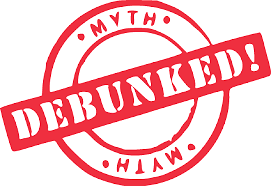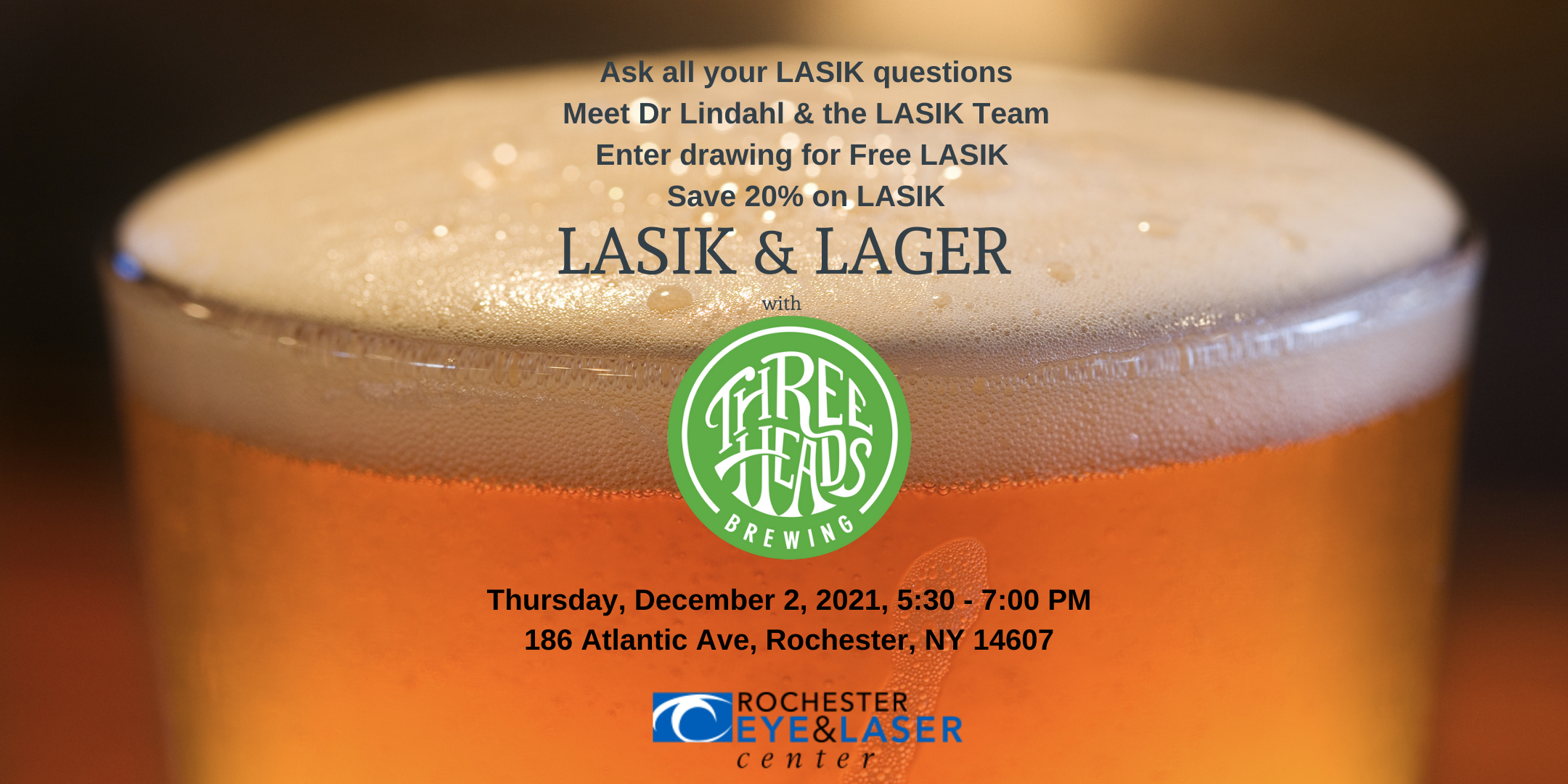What Do Different LASIK Terms Mean?
You know you want to get LASIK, and you’ve known for some time. That’s the easy part.
The hard part is understanding the different kinds of LASIK. There are so many doctors offices offering so many LASIK options, and you feel like you don’t know the terminology well enough to ask the right questions.
It’s important to you that you get the absolute best LASIK for you, so to dive into the nitty gritty, let’s talk about wavefront.
What is a wavefront?
To understand what a wave has to do with eye surgery, you first have to know a little bit of physics. We’ll keep it simple, promise.
Light is actually an electromagnetic wave that can be seen by the human eye. Think of the light from a distant star. This light is made up of a collection of rays that, as they enter the eye, are collected and focused by the eye’s lens to form an image on the retina.
The rays of light and the image they carry, that’s the wavefront.
If everything were perfect, then the image on the retina would be an exact image of the star. However, since nothing is 100% perfect in nature, the wavefront gets distorted by imperfections in the cornea or lens, and doesn’t form an exact image. Typically people that need glasses for nearsightedness, farsightedness or astigmatism will have a lot of error, so the distant star image will be very blurry.
It turns out if we can measure the imperfections in the wavefront and then correct them, then we can also correct the way you see.
That is what wavefront-guided LASIK surgery tries to do. By measuring the wavefront of the eye and then using this information to guide a laser, we have the chance to correct for even fairly complicated errors in someone’s optical system.
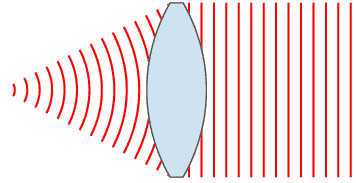
Measuring that wavefront is the key to developing a personalized map of the problems in your eye, and it is unique to you.
Creating your personalized eye map
To measure that wavefront, you need a more advanced diagnostic tool than the phoropter — that steampunk-looking measurement device you get up close and personal with if you have glasses or contacts. This measures the amount of focus and astigmatism needed to correct your vision over the pupil.
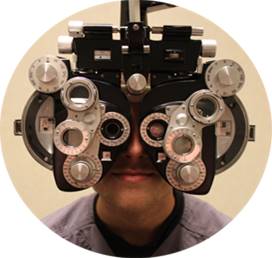
(This is a phoropter.)
For personalized LASIK, though a phoropter may be used in part, the doctor will also use a high-tech diagnostic device called an aberrometer. It delivers a small beam of light into your eye and captures the actual wavefront of light that is reflected back. This is equivalent to measuring over 1,000 points across the pupil of your eye.
The aberrometer uses this information to create a map of your eye’s unique irregularities, or aberrations (thus the name “aberrometer”). This is the map needed to guide the laser for wavefront-guided LASIK.
Wavefront-guided LASIK
The wavefront map created by the aberrometer is the key to custom or wavefront-guided LASIK. Like the name suggests, the personalized map is used to guide the laser during your LASIK surgery, making corrections to the unique aberrations in your eye, creating a smooth surface that provides the best image.
Wavefront-optimized LASIK
Despite its name, wavefront-optimized LASIK is not based on a personalized wavefront map and is not really a customized treatment. The surgery is based on a phoropter exam rather than an aberrometer and, just like your glasses, is designed to address refractive errors. It includes some average adjustments or optimizations that represent the average of many people. And thus the results are based on being close to the average aberrations of people in general.
So what about WaveScan?
You may come across other terms in your search, like the WaveScan or iDESIGN® system. These are particular eye wavefront measurement systems that have been used to measure the optical pathway of the eye. Like all technology, this technology has improved and evolved over time. Ask your doctor about the measurement system they use and what that means for your procedure.
Oh, and the doctor! Dr. Lindahl offers a free LASIK Consultation. During your consultation get all your followup questions answered and determine if you’re a good candidate for the procedure.
Of course, LASIK isn’t for everyone and individual experiences will vary. Side effects are rare and can include eye dryness (which may be severe), loss of visual acuity or the need for glasses or contacts after surgery, and visual disturbances like halos (hazy rings around lights), glare, starbursts, double images, and other visual irregularities that may be debilitating. Also, LASIK is not recommended if you have diabetes, a history of herpes simplex or herpes zoster keratitis, significant dry eye or serious allergies. Talk to Dr. Lindahl when you schedule your consultation. He's great with followup questions.


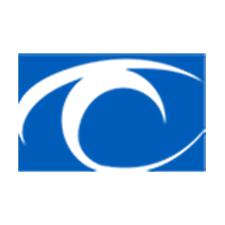 The Rochester Eye & Laser Team
The Rochester Eye & Laser Team

